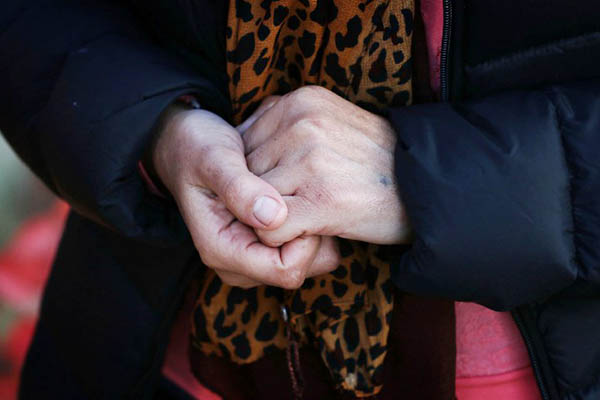
File photo. Safin Hamed—AFP
A Kurdish woman who had been visiting relatives in the Iranian capital of Tehran, Mahsa Amini, was out in the city when she was detained by the country’s “morality police” for not wearing the hijab “according to law.” No one knows what happened after she was “persuaded” to wear hijab at a “center” where the authorities impart “education” about proper hijab. She died after her “education” session.
The murder has provoked mass protests, with reports from Tehran suggesting over a thousand people have been arrested and dozens killed. This despite a clear example from across the Gulf that Iran would do well to follow. In 2009, the Constitutional Court of Kuwait turned down a petition filed against two lady members of the Kuwaiti parliament because they refused to wear hijab “as per the Constitution.” Had the court upheld the petition, the elected ladies would have had to vacate. There is even a lady minister in the government who refuses the hijab. Why did the Court allow the lady MPs to continue to sit in the assembly? It simply failed to find in the Sharia-related articles of the Constitution any details of “how hijab has to be determined” before it is enforced. The court said: “The election law fails to specify the type of regulations women must adhere to or whether that included wearing the hijab.”
Kuwait’s “fatwa department” had ruled in October 2009 that Muslim women must wear the hijab “in line with Islamic law.” What that line was could not be ascertained, as women are not forced to wear hijab in the streets of the country. What constitutes “proper” hijab has been interpreted differently in different countries. Even the Quranic edict has been interpreted differently by the variety of cultures in the Islamic world. What about women in politics with or without hijab? In Kuwait, culture inclines to not letting women be politically represented, but even then its male-dominated parliament had to give in and accept the lady MPs. Is hijab a pan-Islamic malady? Not in Morocco. In 2017, officers there were going round questioning women who wore the burqa. In Egypt, there is a move to ban the burqa because it hides even the gender identity of the person wearing it.
In parts of continental Europe, the burqa already stands banned; in France and Belgium, even the niqab that partially covers only the face has been prohibited; and Germany is asking the Muslims not to wear it. Amazingly, a survey taken in the United Kingdom indicates that a majority of citizens want a ban on the veil taken in public by some Muslim women. Looking at the age-group trend, one can see once again an increase in Muslim conservative opinion in the U.K. The Labour Party and the Liberal Democrats voted for retaining the veil or burqa in public but the other parties outvoted them. The U.K. has not banned the burqa yet.
Meanwhile, the hijab is unlikely to ever be banned in the Muslim world. In Pakistan, the “tent” burqa survives in the tribal areas and in adjacent Afghanistan while a “modern” two-piece burqa is still in partial vogue in the rest of the country. There has been a reduction in its adoption, as more and more Pakistani women enter the workforce, but besides “suggestions” to avoid it, no workplace can openly place a burqa-ban. Needless to say, the Council of Islamic Ideology in Islamabad, which advises the state on Islamic law and allows “light beating” of women by their husbands under Islam, will stay mum about it—as it should. Men, whether in the West or the East, have no place in policing what a woman chooses to wear. The protests in Iran are a lesson the world would do well to learn.
